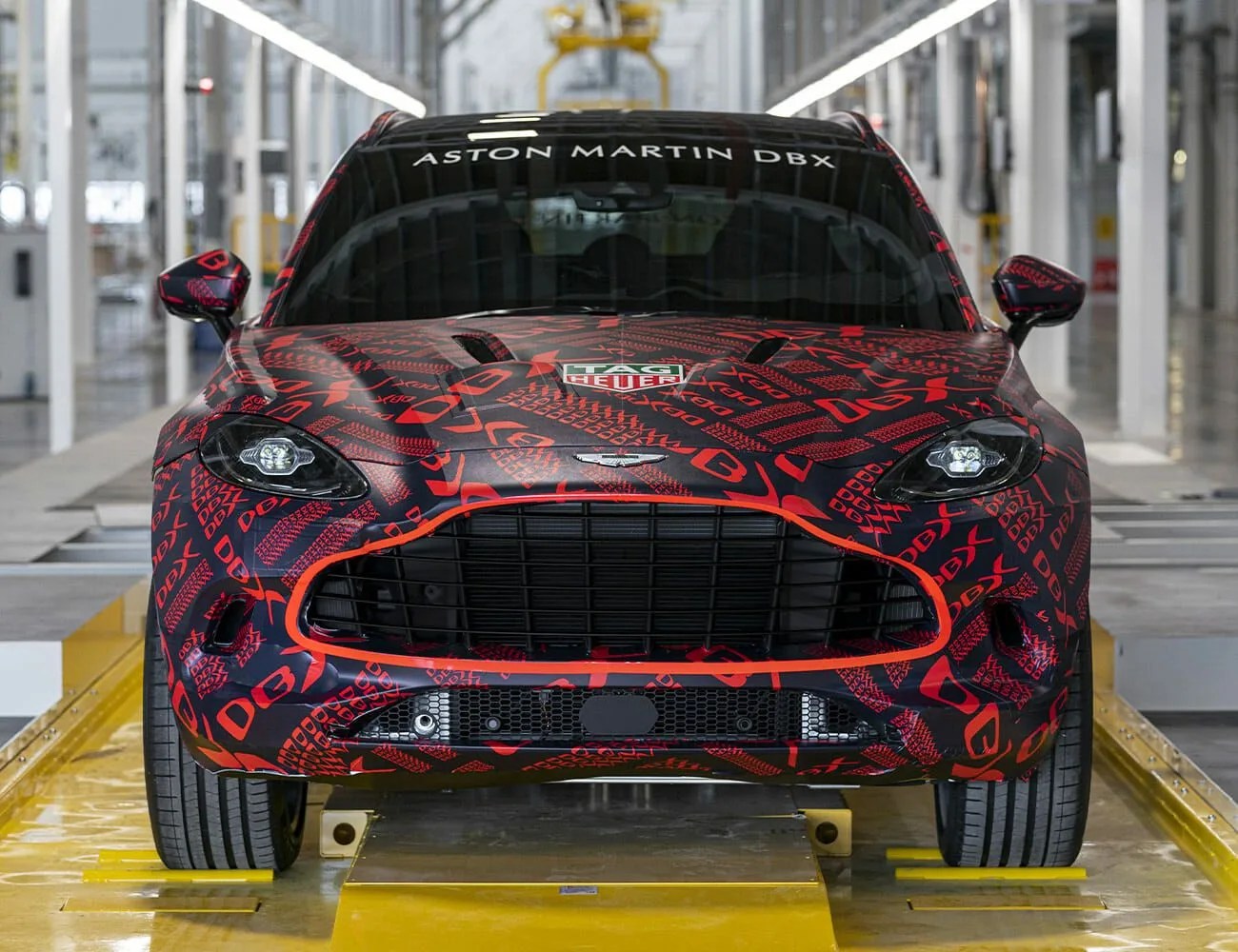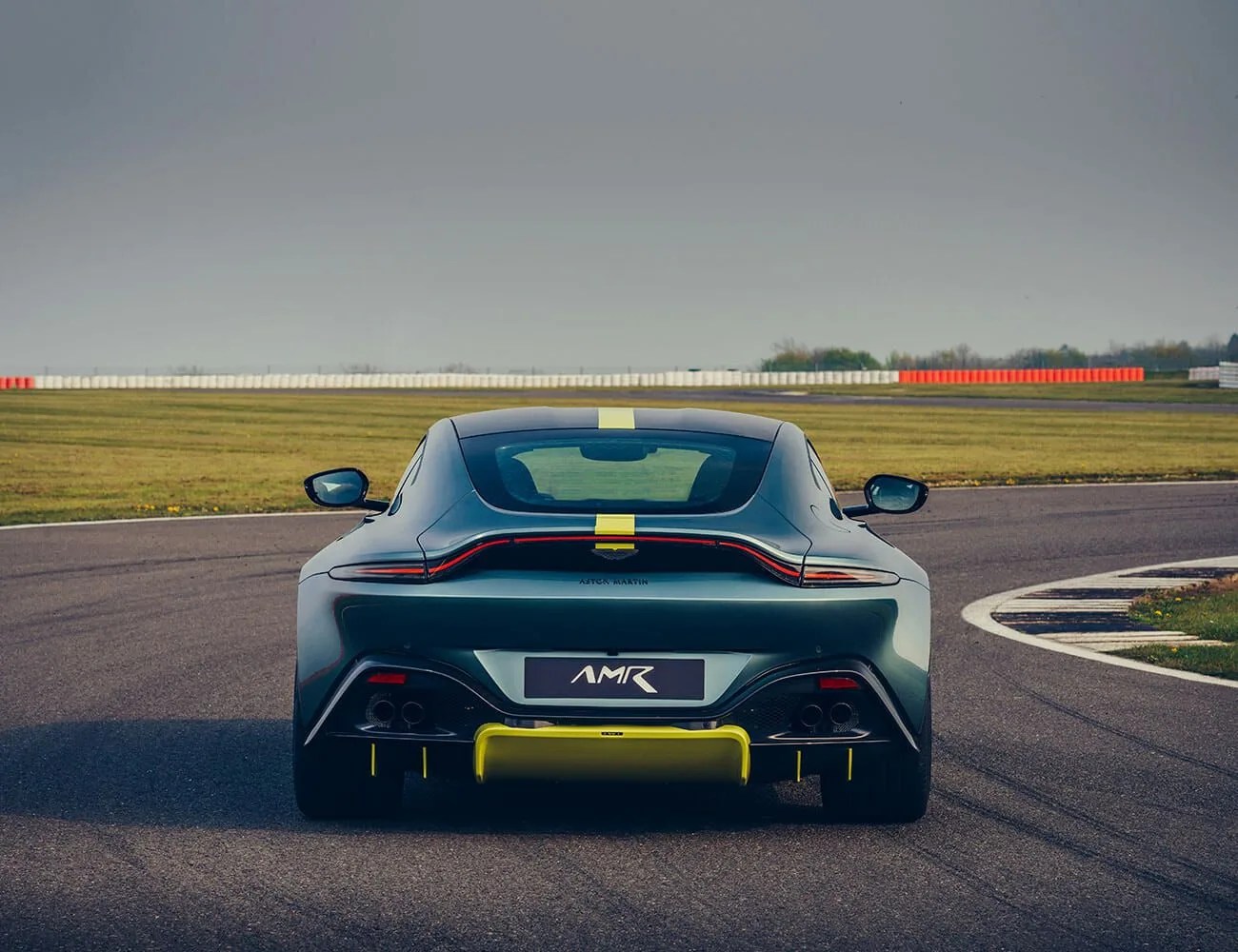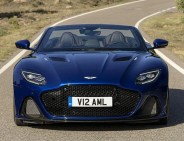Aston Martin CEO Andy Palmer is the sort of guy who loves his job. It’s clear as day, on his face and in his voice, even when he’s jet-lagged after hopping from Europe to California and pressed into glad-handing customers and chatting up reporters, as he was when we sat down with him during Monterey Car Week. And while some automotive chief executives seems more interest in market caps and synergy, Palmer’s love of his job clearly extends directly — and deeply — into the product portfolio. He can quote chapter and verse on the Aston lineup, and isn’t afraid to speak his truth as he sees fit.
Whether it’s his outspoken nature or just the jet lag , he doesn’t mince words when the topic of the DBX crossover, due to be revealed later this year, comes up early on.
“It’s probably the most important car in the history of the company,” he says.
The crossover, which has only been shown in lightly camouflaged form, is expected to sell like Natty Ice in Ann Arbor on opening day of the football season — at least, by Aston sales numbers. (Which, admittedly, have lagged a bit of late.) But while it may be the brand’s first dalliance into the realm of high-riding vehicles, Palmer says they’re taking it damn seriously.
“We need to be credible” as an SUV, he says. And to hear him tell the tale, the company has pulled it off. Not only will it be able to haul loads with aplomb — he describes its towing capabilities as “boat-able” — but it’ll also be fairly capable in terms of its off-road abilities. While it’ll pack four-wheel-drive, he says, it still needs to handle, look and sound like an Aston Martin. Deliver that level of performance in a taller, 4WD platform, he says, and “naturally, you’ll have a car that’s pretty adequate on the dirt.” He cites the Porsche Cayenne as the handling benchmark for the DBX.

The Aston Martin DBX, technically wearing a disguise.


